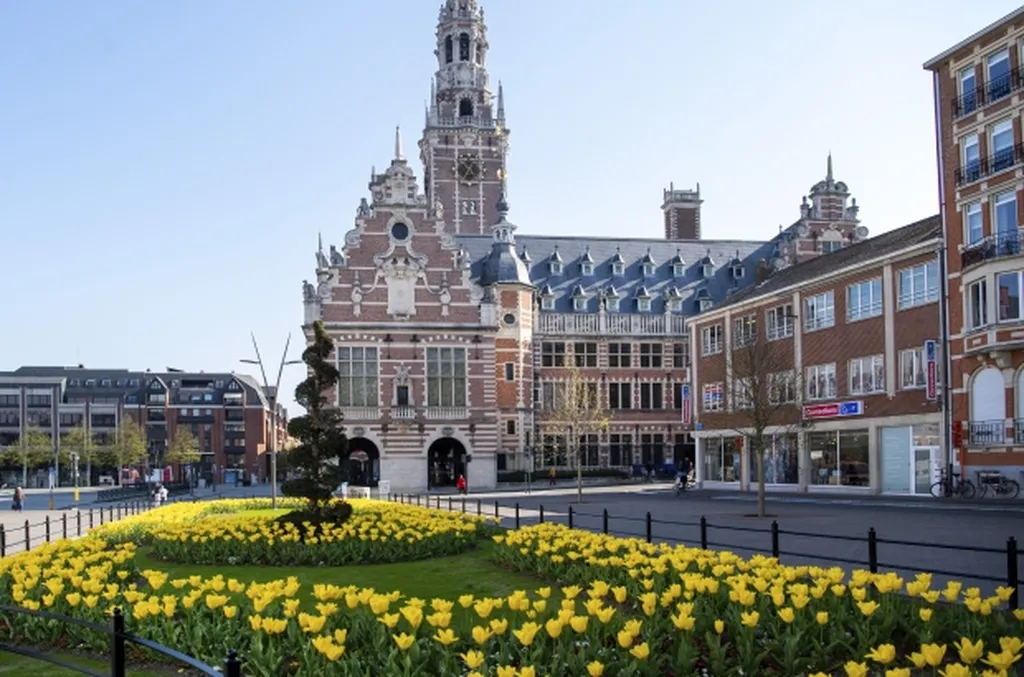In the heart of Japan, a groundbreaking method is being developed to transform how we map and understand our urban landscapes. K. Saito, a researcher from Tokyo City University’s Graduate School of Integrative Science and Engineering, Architecture and Urban Design Department, is leading a project that could revolutionize urban planning, energy management, and disaster preparedness. The goal? To create an open, building-level spatial database that is both detailed and accessible.
The challenge has always been the cost and privacy concerns associated with obtaining detailed map databases. Saito’s research, published in the ‘Annals of the Photogrammetry, Remote Sensing and Spatial Information Sciences’ (a publication of the International Society for Photogrammetry and Remote Sensing), aims to overcome these hurdles by utilizing open data and machine learning.
Saito and his team have developed a method to classify buildings into detached houses and other types using Foundation Geospatial Data and information derived from open data. “We started with Nagaoka City in Niigata Prefecture,” Saito explains. “We assigned explanatory variables to each building and created training data using PLATEAU data as the ground truth.” From there, they developed a machine learning model to classify each building accurately.
The real test came when they extrapolated the model to Sanjo City, also in Niigata Prefecture. They selected buildings that aligned with the number of detached households reported in the national census at the subregion level. The results were impressive. The mean absolute error (MAE) at the subregion level was approximately 9 buildings, demonstrating that the model successfully reproduced the spatial distribution of detached houses and other types of buildings.
So, what does this mean for the energy sector? Detailed, open building-level spatial databases can significantly enhance energy management. For instance, energy providers can better plan and distribute resources based on accurate, up-to-date information about the types of buildings in an area. This can lead to more efficient energy use, reduced costs, and improved service reliability.
Moreover, such databases can aid in disaster preparedness. Accurate building data can help authorities identify high-risk areas and develop targeted evacuation plans. In urban planning, detailed maps can guide the development of infrastructure and services tailored to the specific needs of different building types.
Saito’s research is a significant step toward creating an open building-level spatial database. As the project progresses, it could shape future developments in urban planning, energy management, and disaster preparedness, making our cities smarter, safer, and more sustainable. The potential commercial impacts for the energy sector are substantial, offering new opportunities for innovation and efficiency.
In the words of Saito, “This is just the beginning. The possibilities are vast, and we are excited to see how this research will shape the future of urban development and energy management.”

